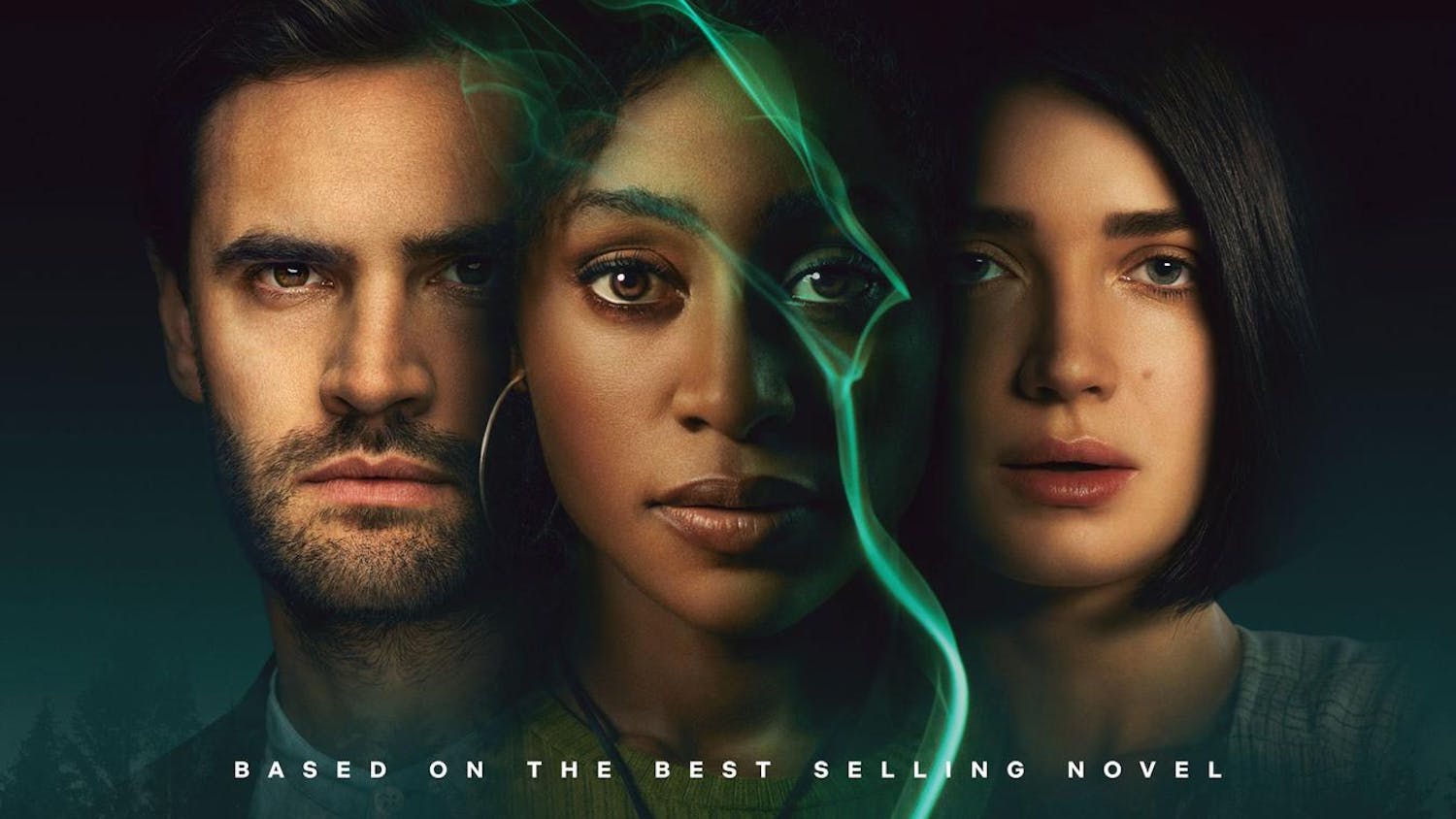Before the advent of CGI, horror films relied on more than jump scares and excessive gore. Obviously, carnage still played a role within the genre, but a lack of realistic effects forced directors to rely on creativity as opposed to solely digital creations. Think of the suspense of an unknown killer in Psycho (1960), the sheer terror of everyday activities in Rosemary’s Baby (1968) or the bizarre pagan imagery and slow burn of The Wicker Man (1973).
It almost seems unfair to place these films in the same category as, say, the Saw franchise, or any other film that falls into the derogatory “torture porn” category. Don’t get me wrong — those films definitely have a place in the horror genre, and if you’re looking to speed up your heart rate and jump back into your seat, then look no further. But personally, I’ve always felt that those films have the same shallow appeal as a game of Call of Duty. Sure, there’s the initial thrill of seeing violence on screen, but then what? There’s no substance — nothing to dig your teeth into and keep you up at night.
The same can be said for overusing CGI jump scares. At first, the bit serves its purpose, but relying on technology for fabricated terror can only take a film so far. Take, for example, ItChapter Two (2019). While there’s something to be said for the sheer absurdity of a giant Paul Bunyan trying to take out Finn Wolfhard, relying on CGI for every single horror sequence is, at the end of the day, just lazy. Because of the repetitiveness of the film’s CGI gore, audiences only attain a dulled sense of inattentiveness, which is decidedly not the goal of any horror film.
Luckily, it seems that our standards have started to rise. With movies like Get Out (2017), Midsommar (2019), Us (2019) and — arguably — Parasite (2019), we’re seeing a rebirth of the horror genre. The same tropes that make all horror movies great are still present; there are chilling cinematic scores, subtle sound effects to keep you on the edge of your seat and artful cinematography designed to draw your eyes to the perfect place. But what makes these new horror movies so refreshing is that they develop a style of horror that goes beyond the superficially scary. Each film is crafted with another layer of meaning beyond gore or violence, bringing themes of grief, consciousness, identity and class to the forefront of audiences’ minds.
After seeing Us, I remember staying up for hours biting my nails. Not because of any particularly titillating or terrifying fight scene, but because I couldn’t stop trying to analyze every scene.
I remember being particularly fascinated by the concept of a dual identity in relation to “The Tethered” — especially considering mental health and our current political climate. What terrified me about Us wasn’t that I thought that a jumpsuit wearing version of myself was going to attack me with a pair of scissors. Instead, I left the theater with the unsettling feeling that there was a monster lurking inside of every one of us. As somebody who struggles with mental health, I often feel at war with myself, balancing intrusive thoughts as I try to navigate the real world. Us portrays an unfortunate reality — the monsters that we’re afraid of, that we’ve tried to keep out of our world with walls and mental blockades, wear our faces.
If you’re like me, then I’m sure you’ve grown a bit bored of the stereotypical horror genre. After all, you can only sit through so many repetitive slasher flicks without wondering if you could’ve been doing something more productive with your time. It seems that filmmakers have finally caught on. At this moment, audiences want more than surface level gore — instead of overusing explicitly “scary” effects, good horror films should attack the subconscious.
Mira Kudva Driskell is a freshman in the College of Agriculture and Life Sciences. She can be reached at mdk97@cornell.edu

The Revival of the Horror Genre
Reading time: about 4 minutes
Read More










